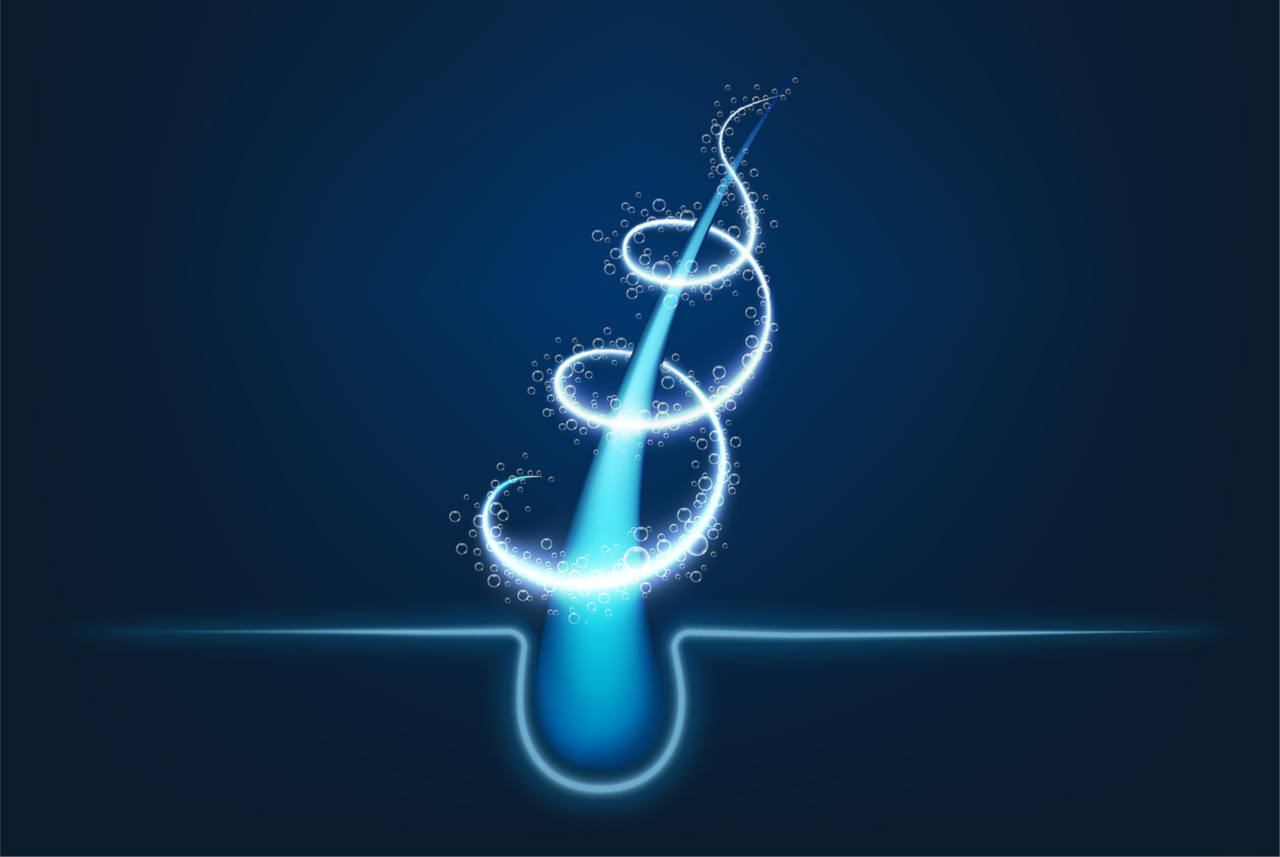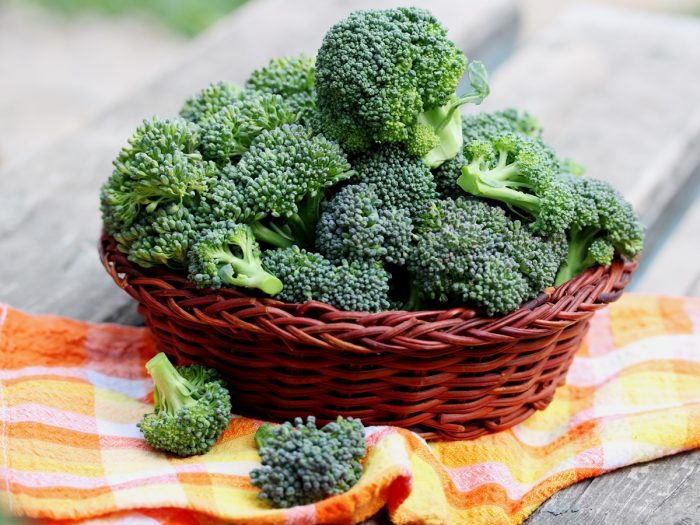
For someone wanting to grow a healthy head of hair, it can be important to know the purpose and function of a hair follicle. This vital structure produces and holds a strand of hair in place on the skin. Take a look below to learn more about role of the hair follicle?
Summary
- What is a Hair Follicle?
- The Influence of Hair Follicles on Hair Properties
- What Causes Hair Follicles to Die?
- How Do You Stimulate Hair Follicles to Grow?
- What is the White Bulb Around Shedding Hair?
- Conclusion
What is a Hair Follicle?

A hair follicle is a tunnel-shaped structure grounded in the deep dermal tissue, extending up to the outer layer of skin. The average depth of the follicle on the scalp is 4.16mm. The base of this structure is held in place by sebaceous glands and the arrector pili muscle (responsible for making your hairs stand on end).
In addition to nerve fibres, the hair root is also encircled by blood vessels that provide vital nutrients for hair growth.
A short overview on the hair’s life cycle
The role of the scalp hair follicle is to grow and anchor hair into the skin. The complete hair growth cycle takes place within the follicle and the steps are described below:
- Anagen phase : This is the growth phase, or proliferation, of a new hair strand. The timespan of this phase can vary depending on the location in the body. For hair on the scalp, it can take anywhere from 2-6 years for this phase to complete. The inferior segment of the hair follicle is only present during the anagen phase and disappears during subsequent phases.
- Catagen phase : The purpose of this phase is to transition from the growing to resting phase. It is the shortest phase and allows for the cells to cease division and for the inferior segment to dissipate. The base of the hair strand converts to a club hair with a hard, white nodule on the end.
- Telogen phase : This is the resting phase that holds the club bases in place. Each hair is only held for around 100 days on the scalp. After the 100 days, the hair is shed so the growing phase can begin again.
On average, 85-95% of all hair strands are in the anagen phase and each hair grows around 1cm per month. The loss of hair in the telogen phase is ongoing with each person shedding around 100 hairs per day.
The Influence of Hair Follicles on Hair Properties
Genetics influence the shape of follicles and contributes to the melanin, or colour composition, of each hair shaft. Curly hair is produced by an “S” shaped follicle created during the embryonic stages of development.
Straight hair strands are produced by a straight follicle. These shapes can undergo slight changes every few years, but the overall frame will remain the same. Factors such as hormones, drugs, vitamins, and chemical treatments can influence the shape of a follicle.
The role of keratin in texturing the hair
A minor role in the overall texture of hair also comes from the chemical composition of keratin, the protein that makes up hair. Curlier hair will contain more disulphide bonds between the individual components of keratin while straight hair contains a smaller number of these bonds.
What Causes Hair Follicles to Die?

Male pattern baldness, also known as androgenetic alopecia, or other autoimmune conditions that lead to balding, first begin the process of hair loss with a shrinking of follicles which is called miniaturisation. The decrease in the size and length of the follicle draws the hair bulb away from the natural blood supply, which ultimately results in the death of the hair follicle.
DHT and male pattern baldness
Miniaturisation in male pattern baldness is thought to be caused by an excess of the androgen dihydrotestosterone (DHT). The DHT attaches to androgen receptors in the follicle.
Through an unknown method of genetic activation, this binding of DHT to androgen receptors and the follicle shrinks. A smaller follicle will produce, thinner, shorter strands of hair.
If you can see that the hair starts to grow, even if the hair is fine and difficult to see, the follicle is not dead. Once it has died, it will not grow back through natural processes.
How Do You Stimulate Hair Follicles to Grow?
If you are concerned about hair loss, it is best to prevent this process by maintaining and promoting hair growth in follicles that have not yet miniaturised. This can be done through a balanced diet including vitamins A, C, D, E, zinc, iron, omega-3s, and proteins.
In addition, reducing the use of hot tools and cleansing your hair appropriately can alleviate hair damage. Our range of hair care products are specifically designed in order to help stimulate the hair follicle, promoting strong and healthy hair.
Have you tried Dr. Balwi’s food supplements?
Thanks to a unique combination of ingredients your hair receives the essential nutrients that nourish the roots and hair, and prevent their loss. This is because our biotin rich food supplements contains all the essential nutrients for your hair. Therefore unlike ordinary hair care products, ours tackle the problem at the root!
What is the White Bulb Around Shedding Hair?
Noticing a white bulb around the end of a hair that has shed can be a natural occurrence. If you experience this in excess, it might signify hair loss due to a temporary condition called telogen effluvium.
This is not necessarily an indication of permanent hair loss, such as with androgenic alopecia. The white substance is a part of the lining of the follicle called the root sheath. This will only come out if the strand of hair is shed during the telogen phase of the hair cycle.
Conclusion

The hair follicle is a vital part of overall human hair health and growth. This structure forms a tunnel deep into the skin, proliferating new hair growth through the shaft and past the scalp, holding each hair strand in place. There are many phases of hair growth, all of which take place in the follicle.
In certain conditions such as male pattern baldness, the follicle can miniaturise, eventually leading to death and lack of new hair growth from the follicle. As of today there is no permanent solution to this form of hair loss apart from a hair transplant.
Do you have more questions or are you suffering from hair loss issues? Then feel free to to contact our friendly team that will answer all your queries. Furthermore they can also offer a free and non binding hair analysis.
FAQ
Can damaged hair follicles be repaired?
While some damage can be mitigated with proper care and treatment, completely dead follicles cannot be revived. However, treatments like PRP therapy and certain medications can improve the health of damaged follicles and promote hair growth.
How does ageing affect hair follicles?
Ageing can cause hair follicles to shrink, produce thinner hair, and eventually stop producing hair altogether. This process is often influenced by genetics and hormonal changes.
What role do genetics play in hair follicle health?
Genetics determine the number, size, and growth patterns of hair follicles. Conditions like androgenetic alopecia are strongly influenced by genetic factors.
Can hair follicle health be influenced by external factors?
Yes, factors such as diet, stress, hair care routines, and environmental exposures can impact the health of hair follicles and overall hair growth.
Are there any medical conditions that specifically impact hair follicles?
Conditions like alopecia areata, scalp infections, and certain dermatological diseases can directly affect the health and function of hair follicles, leading to hair loss.












